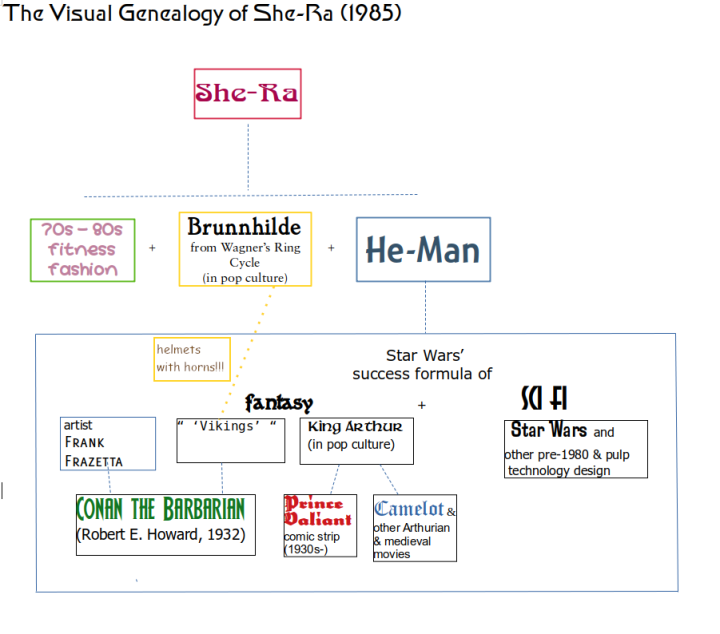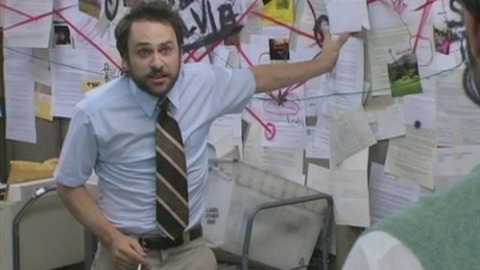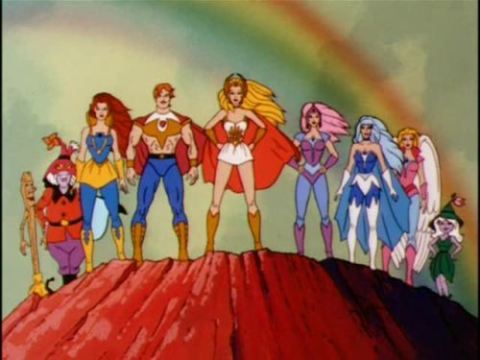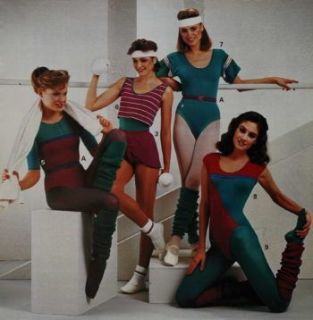I accidentally deleted the last William Morris book in my to-reread list from my phone and never got around to sending it back.
I started Walter Scott's The Talisman, because it's one of his few novels set in the middle ages, but there's some racism that's hard to swallow. There is a major Kurdish character, a knight under Saladin, who is... friends? With our Norman Scottish protagonist. The portrayal is not unsympathetic. I think Scott is doing his best to be even-handed, but like Catholicism, Islam just seems factually wrong and evil etc etc to him, and its adherents who are good guys are unfortunately misled. It's... hard to read. In retrospect, I'm surprised by how much he didn't dislike Judaism, in comparison.
Also started The King of Elfland's Daughter by Lord Dunsany. I read this as a teenager but remembered nothing. The narrative voice is quaint and charming. It's not really gripping me though.
No progress in Le Morte d'Arthur (Malory) or The Idylls of the King (Tennyson). The latter is more readable, comparatively, but I just don't really like reading verse. Also I did make some progress in The Faerie Queene (Spenser), and one verse narrative at a time is plenty.
Speaking of verse narratives, I still haven't made any more progress in the Wilson translation of Seneca's plays. (But the translations aren't in verse!) I might just have to skip Oedipus. I hate him for some reason.
I guess now I should actually reread all of Murderbot again, since I can't remember all the details and the show is starting to air. That should be comparatively quick though! I have the last Katherine Addison waiting and haven't gotten around to picking it up.
With all these things that I'm feeling decidedly unenthused about, I instead read the whole part of Jordanes' ancient history of the Goths that deals with wars with Asian invaders and then the entirety of Hervor's/Heidrek's saga, including the ancient poem called The Battle of the Goths and the Huns. (This is the only surviving medieval saga that deals with Gothic tribes in mainland Europe, and Jordanes' is the only other ancient source with relevance to Morris's The Roots of the Mountains.) I had made all the posts about that book which I had in mind when reading it, but yesterday I found a link on Tumblr to these two great essays about the context, history, and implications of the racism of Tolkien orcs/goblins by James Mendez Hodes (he doesn't mention Morris/ROTM or the specific borrowing from Jordanes alleged in Seaman's introduction to ROTM, but these links in the chain are immaterial to the argument): Orcs, Britons, and the Martial Race Myth, Part I: A Species Built for Racial Terror. content warnings: racism, colonialism/imperialism, cultural conflation, sexism, sexual violence, anger & Orcs, Britons, and the Martial Race Myth, Part II: They're Not Human. These essays totally opened my eyes to a missing link in my understanding of the background of the racist portrayal of the Dusky Men - one I wouldn't have missed if I'd reread Said's Orientalism, which I probably should've. The gender aspect of the ROTM Huns is riffing on the extreme cultural openness and intermarriage habits of the Mongols, whose invasions were much later - 13th century, long after the christianization and settlement of the germanic tribes and the fall of the Roman empire. (More on the Mongols' real culture and the stereotypes in western culture surrounding them in his posts!) So that gives me something else to research. Maybe I actually will eventually form a coherent theory of what is going on with all the gender roles in this book!
I started Walter Scott's The Talisman, because it's one of his few novels set in the middle ages, but there's some racism that's hard to swallow. There is a major Kurdish character, a knight under Saladin, who is... friends? With our Norman Scottish protagonist. The portrayal is not unsympathetic. I think Scott is doing his best to be even-handed, but like Catholicism, Islam just seems factually wrong and evil etc etc to him, and its adherents who are good guys are unfortunately misled. It's... hard to read. In retrospect, I'm surprised by how much he didn't dislike Judaism, in comparison.
Also started The King of Elfland's Daughter by Lord Dunsany. I read this as a teenager but remembered nothing. The narrative voice is quaint and charming. It's not really gripping me though.
No progress in Le Morte d'Arthur (Malory) or The Idylls of the King (Tennyson). The latter is more readable, comparatively, but I just don't really like reading verse. Also I did make some progress in The Faerie Queene (Spenser), and one verse narrative at a time is plenty.
Speaking of verse narratives, I still haven't made any more progress in the Wilson translation of Seneca's plays. (But the translations aren't in verse!) I might just have to skip Oedipus. I hate him for some reason.
I guess now I should actually reread all of Murderbot again, since I can't remember all the details and the show is starting to air. That should be comparatively quick though! I have the last Katherine Addison waiting and haven't gotten around to picking it up.
With all these things that I'm feeling decidedly unenthused about, I instead read the whole part of Jordanes' ancient history of the Goths that deals with wars with Asian invaders and then the entirety of Hervor's/Heidrek's saga, including the ancient poem called The Battle of the Goths and the Huns. (This is the only surviving medieval saga that deals with Gothic tribes in mainland Europe, and Jordanes' is the only other ancient source with relevance to Morris's The Roots of the Mountains.) I had made all the posts about that book which I had in mind when reading it, but yesterday I found a link on Tumblr to these two great essays about the context, history, and implications of the racism of Tolkien orcs/goblins by James Mendez Hodes (he doesn't mention Morris/ROTM or the specific borrowing from Jordanes alleged in Seaman's introduction to ROTM, but these links in the chain are immaterial to the argument): Orcs, Britons, and the Martial Race Myth, Part I: A Species Built for Racial Terror. content warnings: racism, colonialism/imperialism, cultural conflation, sexism, sexual violence, anger & Orcs, Britons, and the Martial Race Myth, Part II: They're Not Human. These essays totally opened my eyes to a missing link in my understanding of the background of the racist portrayal of the Dusky Men - one I wouldn't have missed if I'd reread Said's Orientalism, which I probably should've. The gender aspect of the ROTM Huns is riffing on the extreme cultural openness and intermarriage habits of the Mongols, whose invasions were much later - 13th century, long after the christianization and settlement of the germanic tribes and the fall of the Roman empire. (More on the Mongols' real culture and the stereotypes in western culture surrounding them in his posts!) So that gives me something else to research. Maybe I actually will eventually form a coherent theory of what is going on with all the gender roles in this book!










